Gardening: Small choices make a big difference
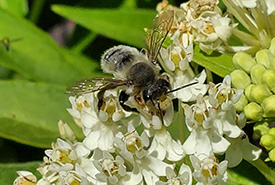
Megachile (leafcutter, mortar, and resin) bee on swamp milkweed (Photo by Sarah Ludlow)
Well, it is that time of year again — when the hope of spring and warmer temperatures is edging ever closer, especially in my home province of Saskatchewan. It is also the time when I begin starting my seeds to plant in my garden this...
The buzz about bumble bees
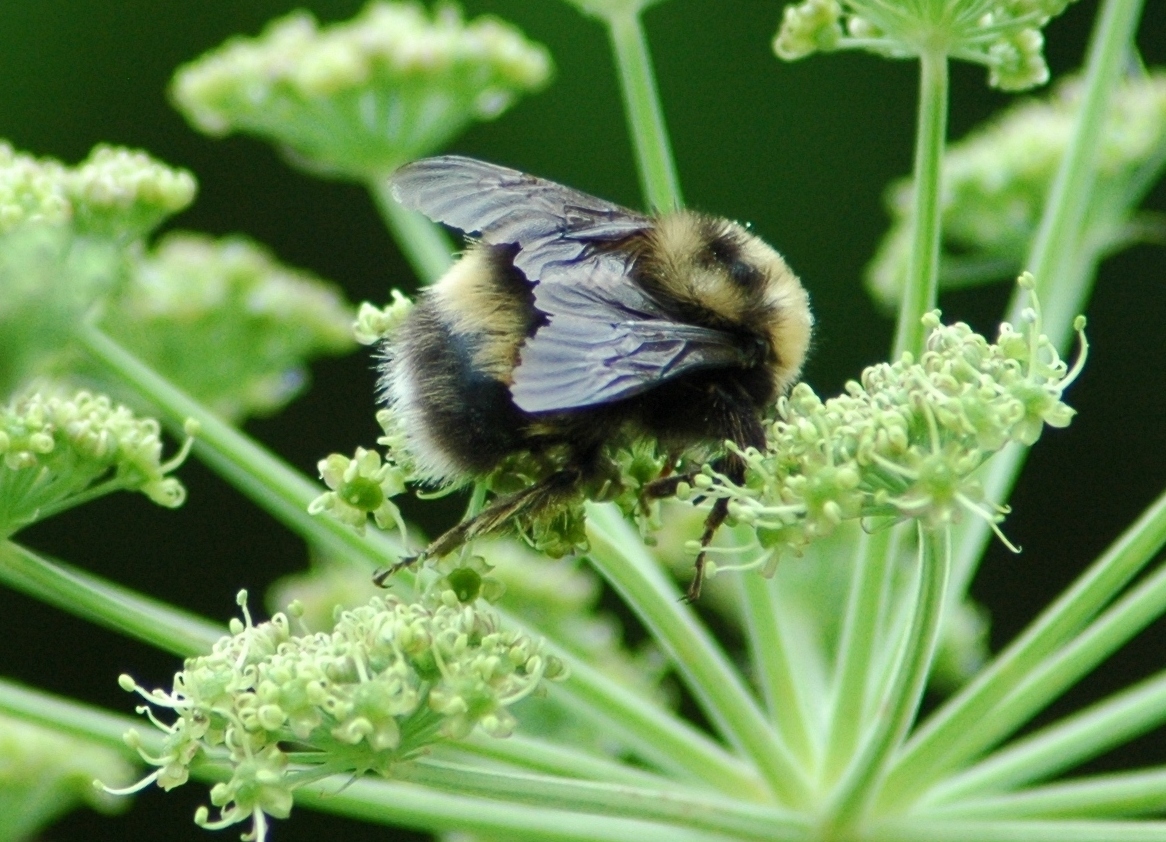
Western bumble bee (Photo by sydcannings, CC BY-NC 4.0)
The western bumble bee is a medium-sized (measuring one to two centimetres in length) bumble bee, with a band of yellow hair across its thorax (the area between its head and abdomen), in line with the base of its wings. It also most often has a...
Keep calm and count on: Big Valley MAPS station
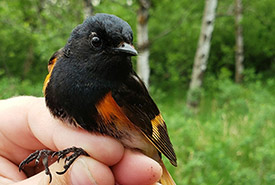
American restart adult (ASY) male (Photo by NCC)
After many years working in the field of ecology and conservation, it can become easy to take for granted the unique and spectacular things you get to do and the beautiful landscapes you get to see on a regular basis. Being aware of this, I always...
Talking data: How community science informs conservation
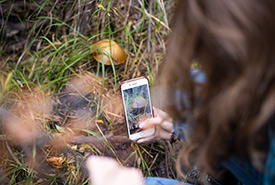
Volunteer capturing data with a smartphone at a NCC BioBlitz event (Photo by Brent Calver)
What comes to mind when you hear the word data? For many, data conjures ideas of numbers and computers, with scientists performing complex statistical analyses. While that generalization is reasonably accurate, it is important to understand that...
Dangers of artificial light at night to birds

The view of downtown Toronto approaching nighttime (Photo by Roberto Nickson from Pexels)
Since the discovery of fire, humankind has tried to push back the darkness of night, extending the total usable hours in a day. Light has been a beacon, warning ships of treacherous coastlines and guiding them to safe harbours. Symbolizing life...
Birding by ear: What birdsongs tell us
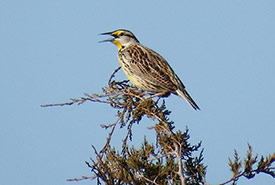
Eastern meadowlark (Photo by Mhairi McFarlane/NCC staff)
Have you ever been out walking and heard birds singing and wondered which bird was making which sound? Or perhaps you’ve been sitting outside on a summer’s evening and heard a persistent bird calling, but you weren’t sure what...
Gardening with native plants this spring
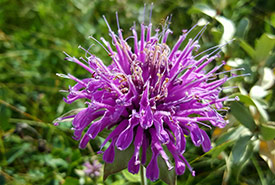
Wild bergamot (Photo by Sarah Ludlow/NCC staff)
I love to garden. I excitedly begin planning for the next year as soon as the autumn chill settles over the Prairies. I’m always impatient for spring to arrive, and it doesn't help when the seed catalogues start arriving in November. I find...
Canada's splendid sparrow crew
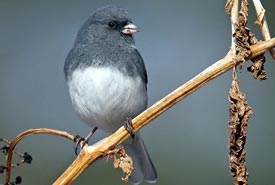
Dark-eyed junco (Photo by Bill Hubick)
Sparrows often don’t get enough credit. Many don’t have flashy plumage like jays, orioles or cardinals, or melodic songs like thrushes or meadowlarks; however, sparrow species are often fairly distinct (once you get to know them) and...
The Great Backyard Bird Count: Counting birds for community science
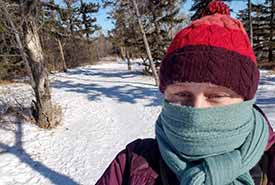
Dressed for birding in the polar vortex (Photo by Sarah Ludlow/NCC staff)
The Great Backyard Bird Count (GBBC) is a global community science project that aims to gather a snapshot of bird populations and distributions in mid-February, before their annual spring migrations begin. The GBBC runs for four days each year,...
How species survive winter: Hibernation
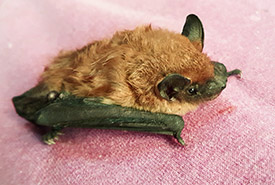
A big brown bat "hanging out." Often when found outside, big brown bats sit in this position on the side of a building, tree or (ideally not) on the ground. (Photo by Sarah Ludlow/NCC)
Previously, I discussed how small songbirds, and black-capped chickadees in particular, survive winter on the Canadian Prairies. Now I will discuss another strategy that animals use to survive the long, cold winter months: hibernation. Hibernation...

